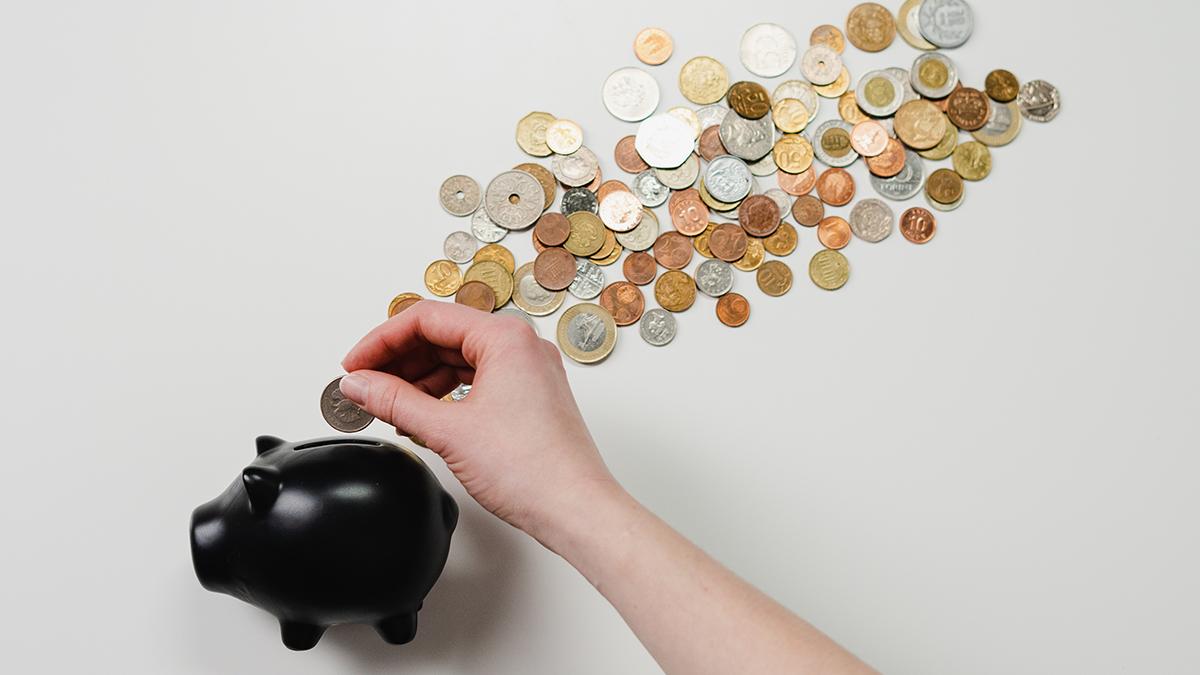Coins come in all sorts of shapes, sizes and colours – and there’s some 29 BILLION coins in circulation!
Ever wanted to find out how all those coins are made and how challenging all the tiny designs are to create?
Where are coins made?
Here in the UK, it all happens at The Royal Mint in South Wales.
The Royal Mint is the UK’s official mint, responsible for producing all our coins in circulation – and in huge quantities. It can make 4 MILLION pound coins in a day!
They don’t just make coins – they also make military and civil medals and commemorative coins for historic events – such as King Charles’s Coronation and iconic brands, such as Winnie the Pooh and Harry Potter.
And here’s some fun facts you can take to the bank:
- The Royal Mint has been in operation for over 1,100 years and is one of the oldest mints in the world.
- The 2012 London Olympic medals – all 4,700 of them, were designed and produced by the Royal Mint
- During the Covid pandemic, the Mint’s engineers turned their skills into making protective visors.
How are coins made?
Different coins are made of different combination of metals, such as steel, nickel and brass. For example some copper coloured coins, like 1 and 2 pence pieces, are made of steel with a copper coating. Coatings can be useful when the metals used are likely to rust.
Why not just make it of pure copper you might ask?
Well a pure copper coin would be more valuable than its face value!
The metal ingredients are forged elsewhere at temperatures of 1,150 degrees and shaped into long strips, trimmed and pressed, and rolled up for transportation.

Once at the Mint, the long strips are unrolled and cutters punch out the basic coin shape – known as blanks – which are usually round but can have lots of sides – or even be square!
You’ll know that when you cut lots of circular cookies out of dough, however careful you are not to leave spaces between each cookie, there’s always some waste. The same is true of the blanking process – remnants are sent back to the forge to be melted down again and reused.
The blanks are then pummelled with acid and ball bearings to toughen them up and then the edge design is created using a Rimming Machine – it might be a texture, a raised edge or even an inscription, such as on the pound coins.
Have a look at the coins in your pocket and you’ll see the variety of different designs.
Embed from Getty ImagesThese aren’t just there to look nice – they make it harder for coins to be counterfeited – that’s making illegal copies.
The coins are thoroughly tested to make sure they won’t fall apart. The blanks are inspected under high powered microscopes and sensors to ensure there are no imperfections, and then it’s time for the design to be stamped onto both sides.
The designs are cut onto dies and are stamped onto the blanks in a process called “striking”. This is done under tremendous pressure – equivalent to the weight of 16 African elephants!
That’s not quite the end of the process – more mechanical and visual checks are carried out to ensure every coin is perfect.
And it’s not just the instruments and engineers who perform these checks. Once a year, a very grand and historic ceremony is held at the venerable Goldsmiths Hall – The Trial of the Pyx.
Embed from Getty ImagesThis time honoured and historic ceremony has – incredibly – been taking place since the reign of Edward 1st in the 1200s!
Each year, several thousand coins are sent to a panel of experts and dignitaries who check a random selection by hand for any faults, with the results sent to the Treasury.
Back at the Mint, our finished coins are then counted and weighed into packaging, ready for dispatch!
Sometimes cardboard rolls are used, other times plastic packets or if the coins are destined to go abroad, they might be sealed in metal tanks to prevent heat or humidity affecting them.
Whilst the Royal Mint makes the country’s coins, the Bank of England is responsible for printing our bank notes. Click here to find out more about the polymer bank notes that we use everyday.
Add a comment






